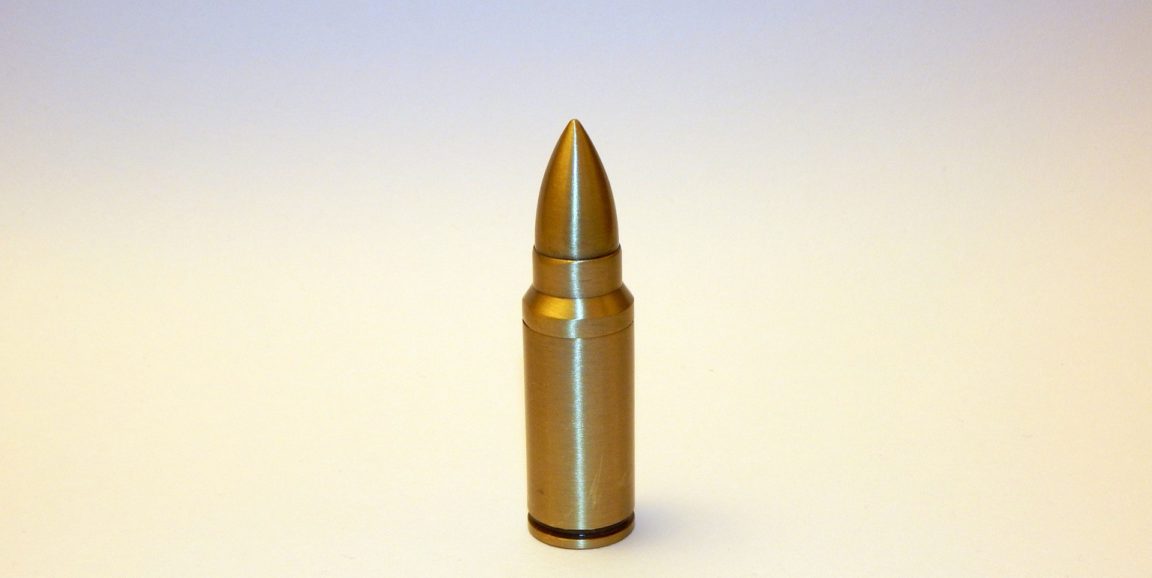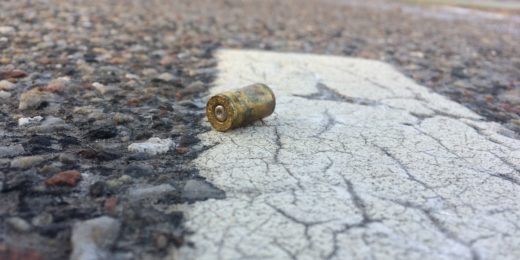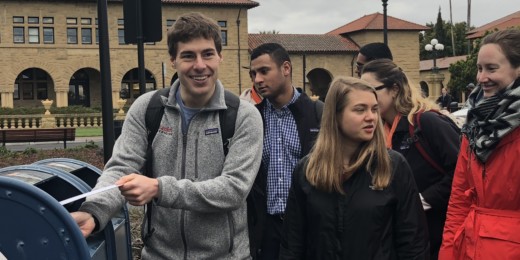Physicians and medical schools can work to provide a healthy environment for all patients by helping to decrease gun violence, said Daniel Bernstein, MD, the associate dean for education at Stanford Medicine, in his opening remarks at a forum addressing gun violence and public health held March 14 on campus.
"One of the other missions of a medical school is to encourage and foster dialogue," Bernstein said. "There's no way to move forward on an issue as politically charged as this one without learning how to talk with our colleagues and friends about it."
The forum included presentations on a variety of topics related to guns and public health. Among the highlights:
--Understanding the U.S. gun-violence epidemic requires defining which piece of the problem you intend to address, said Jahan Fahimi, MD, PhD, assistant clinical professor of emergency medicine at the University of California, San Francisco. "Are we talking injury or death? Homicides or suicides? Black or white? These three [categories], at the very minimum, are needed to get us to a place of understanding the scope of the problem in a more nuanced way," Fahimi told the audience. He showed data demonstrating that homicides and assaults drive non-fatal gun injuries, and homicides are the biggest contributor to gun deaths among black Americans, while gun deaths among white Americans are predominantly suicides.
--Stanford trauma surgeon Lisa Knowlton, MD, spoke about her experiences caring for gunshot victims. "As trauma surgeons we like to think we are prepared for anything, but there are few injuries as violent as those from firearms," she said. Knowlton described the process of assessing and caring for a gunshot victim and the priorities in trauma surgery for treating gunshot wounds. Patients who survive the initial surgery face "multiple surgeries, prolonged stays in the hospital, complications, loss of work, depression, mental health issues, PTSD; the impact can really be very devastating even if they do manage to leave the hospital alive," Knowlton said.
--Financial costs of firearm injuries can be measured many different ways, with the annual total cost in the U.S. estimated at $174 to $229 billion, Stanford medical student Sarabeth Spitzer told the audience. Last year, Spitzer was lead author of a study of the costs of initial hospitalizations for gun injuries, which totaled $734.6 million per year nationwide. Other costs, such as lost wages or the toll on quality of life following a gunshot injury, as well as who bears the costs, are harder to measure, she said. "The more reliable and transparent the data, the more informed public health decisions can be," Spitzer said.
--The United States has a smorgasbord of gun laws that are not easy to explain or navigate, medical and legal scholar David Studdert, LLB, ScD, told the audience. "Most of these laws do not exist at a federal level," he said. "A state like California is a national leader in implementing and formulating such laws, while others such as Virginia and Wyoming have virtually none." He also described 2017 Pew Research Center data that shows widespread agreement between gun owners and non-owners on several proposed gun control measures, such as expanding background checks to include private gun sales and banning concealed carry without a gun license.
--Pediatrician Michelle Sandberg, MD, of Santa Clara Valley Medical Center, explained how physicians can advocate for gun safety with their patients. Doctors should broach the subject of gun safety from a health perspective, Sandberg said. "Firearm counseling should be non-ambiguous and non-judgmental, like counseling about medication safety or storing poisons," she said. She also encouraged physicians to promote the ASK campaign, in which parents ask anyone who might be supervising their children "Is there an unlocked gun where my child plays?"
In response to questions from the audience about specific measures to reduce firearm deaths, Studdert emphasized the need to change prevailing ideas about firearms. According to one study, those with guns in the home are 22 times more likely to injure themselves or a family member than to use a gun in self-defense. And yet, he said, many gun owners have purchased a firearm to keep their families safer. "The evidence shows that no, it doesn't, and the best thing we could do would be to convince them otherwise," Studdert said. "Clinicians clearly have a role to play in that changing of hearts and minds."
Photo by BRAIN_PAIN






